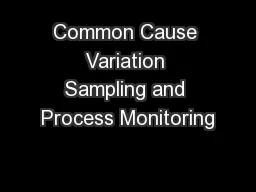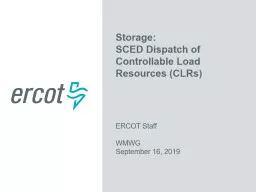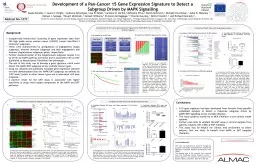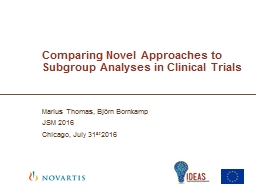PPT-Loads in SCED v2 Subgroup
Author : arya | Published Date : 2024-01-13
The LMPG Journey 1 TAC Endorsement of LMPG TAC voted to endorse LMPG rather than Full LMP as the mechanism to enable direct participation in the realtime market
Presentation Embed Code
Download Presentation
Download Presentation The PPT/PDF document "Loads in SCED v2 Subgroup" is the property of its rightful owner. Permission is granted to download and print the materials on this website for personal, non-commercial use only, and to display it on your personal computer provided you do not modify the materials and that you retain all copyright notices contained in the materials. By downloading content from our website, you accept the terms of this agreement.
Loads in SCED v2 Subgroup: Transcript
Download Rules Of Document
"Loads in SCED v2 Subgroup"The content belongs to its owner. You may download and print it for personal use, without modification, and keep all copyright notices. By downloading, you agree to these terms.
Related Documents














